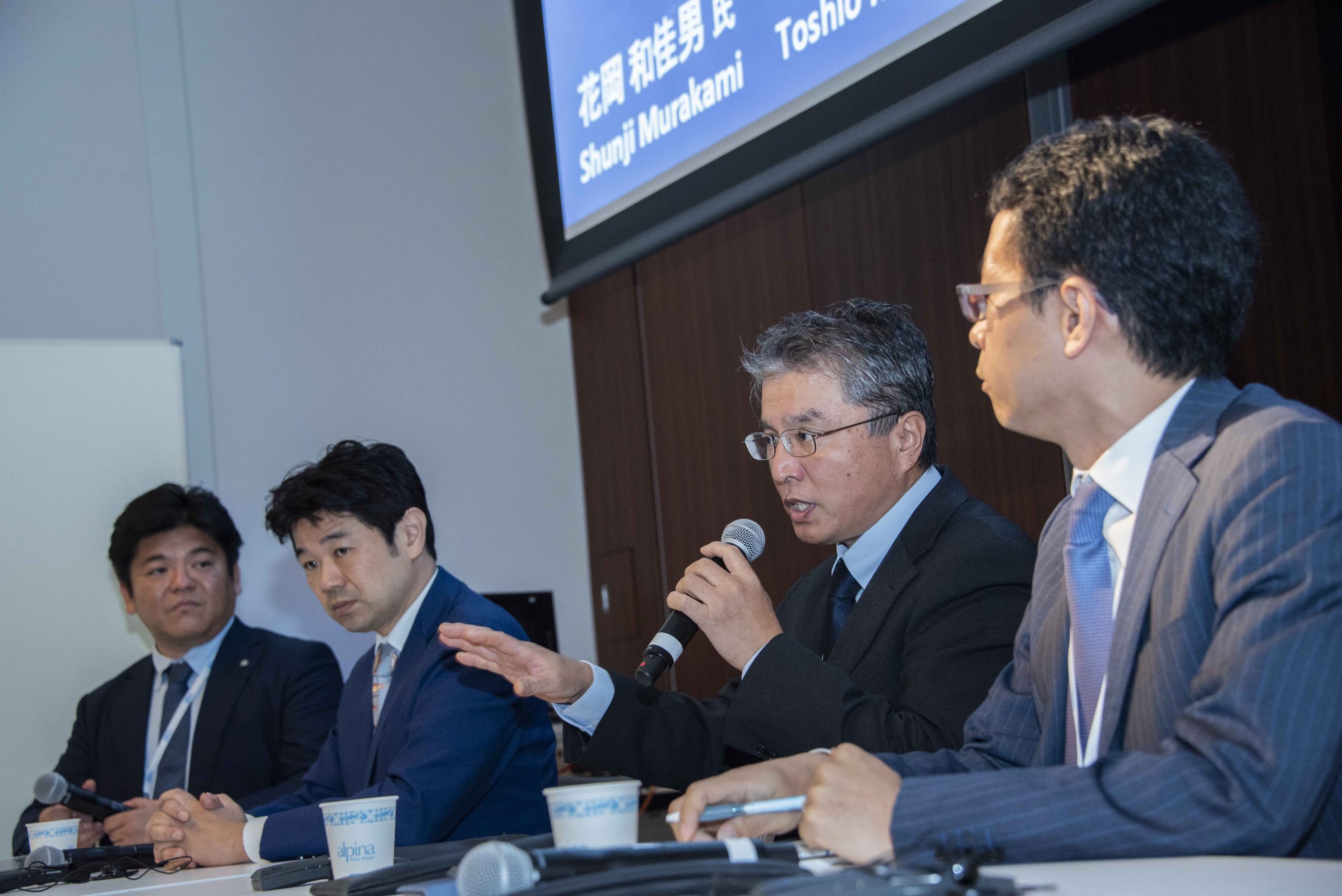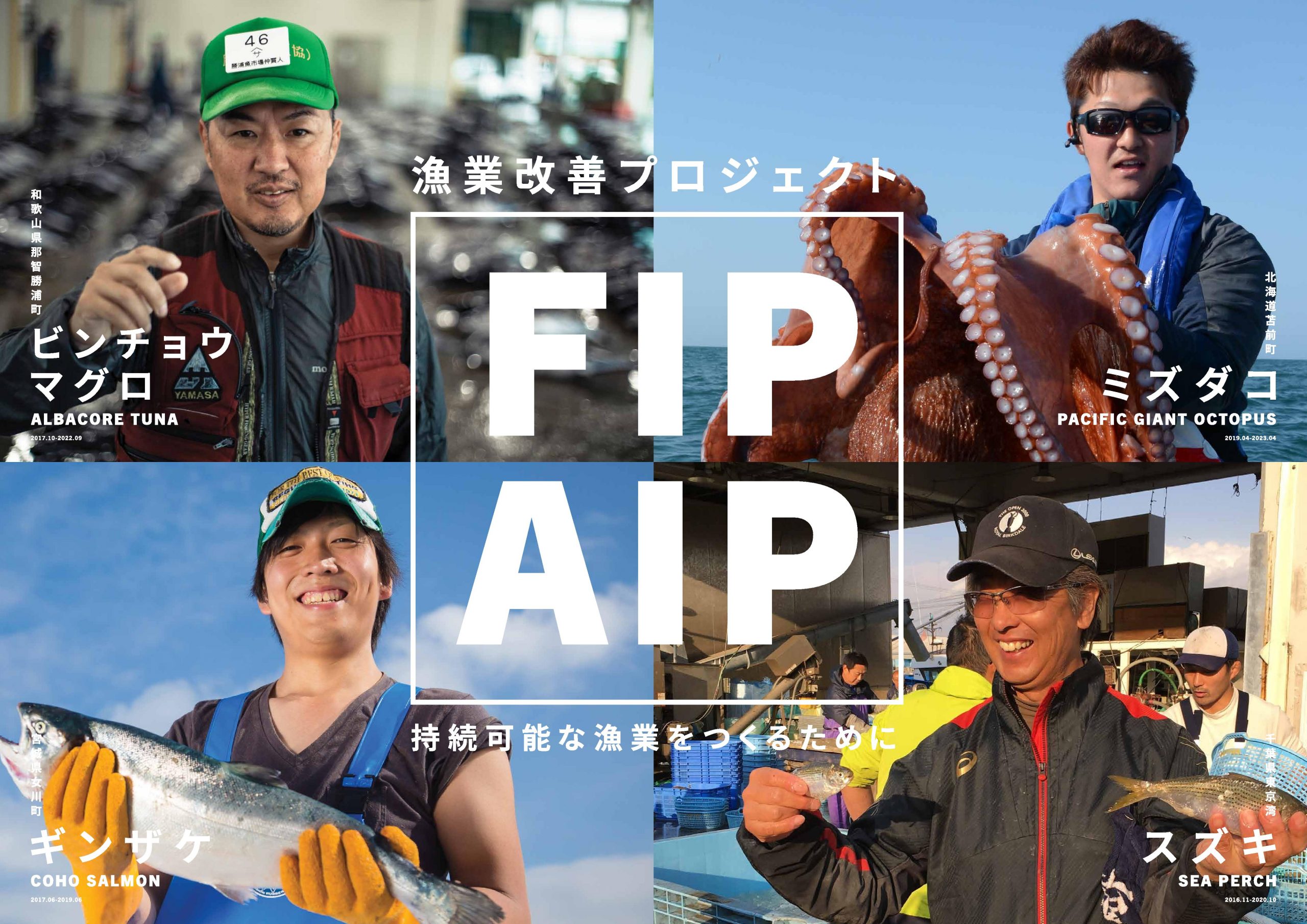IUU Fishing & Traceability: Eliminating Illegal Seafood Products From Japan
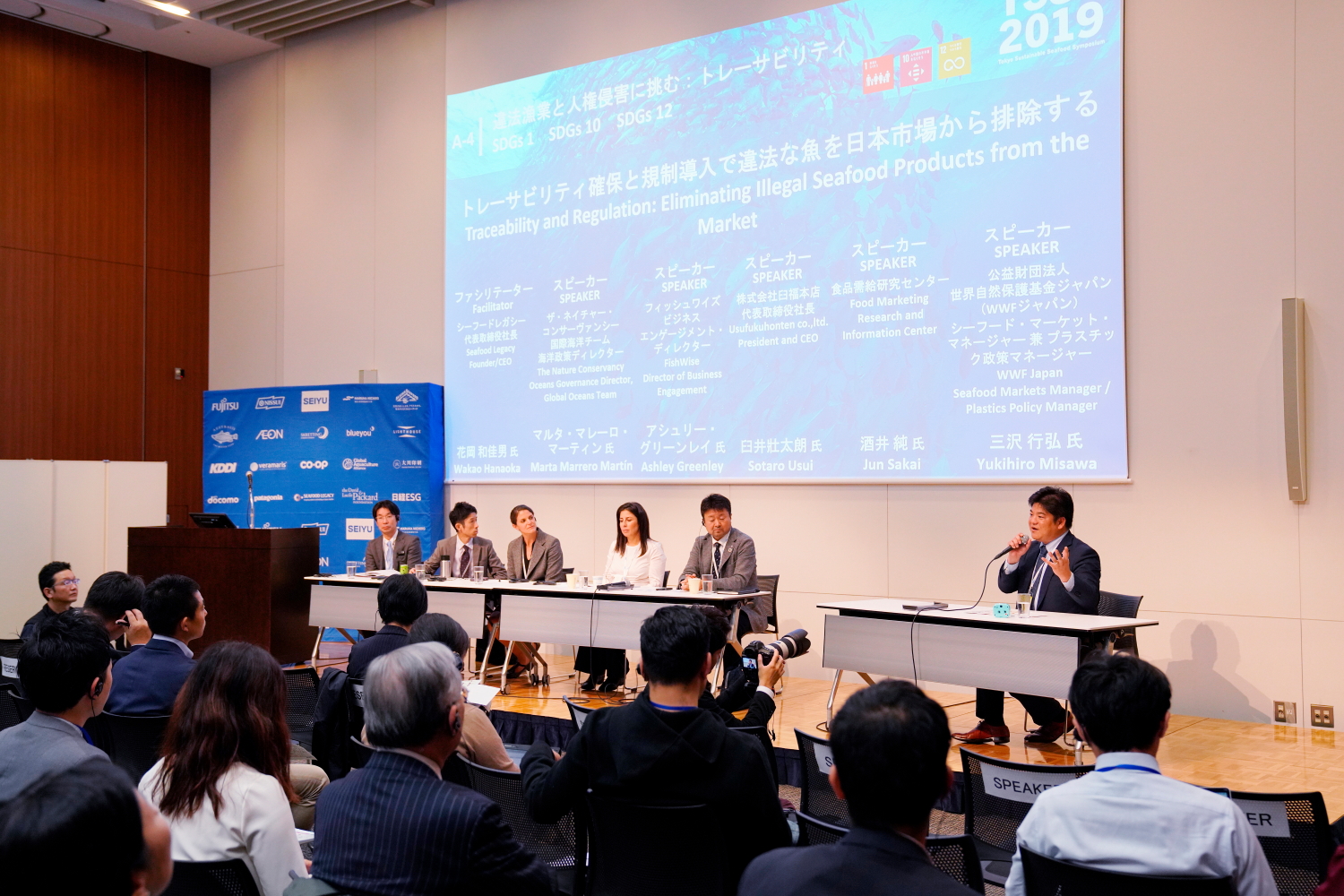
Of the three largest seafood markets in the world, the EU and the United States have existing regulations on the import of marine products from IUU (illegal, unreported, unregulated) fisheries. This exposes the Japanese market, which does not have any regulations in place, to a high risk of the inflow of illegally sourced fish. What should we do to eliminate this risk?
The Current Situation of Japan’s Deep-Sea Tuna Fishing Industry
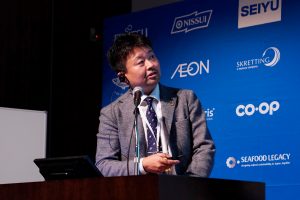
Sotaro Usui, the president of Usufuku Honten (Kesennuma City, Miyagi Prefecture), gave us an overview of the current situation of Japan’s deep-sea tuna fishing industry. According to the International Commission for the Conservation of Atlantic Tunas (ICCAT), Japan’s haul of Atlantic tuna in 2019 was 2935.48 tons, which accounted for only 8.5% of the global haul of 34,590 tons in the same period. Usufuku Honten has been engaged in the implementation of electronic tagging for their catches as part of their obligation to provide detailed reports to the Fisheries Agency which include information such as their daily catch volume, notifications on the termination of operations, and catch unloaded in overseas locations. Rigorous checks are conducted during transshipment and other fishing operations, and violating parties are subject to penalties which include the revocation of their fishing license. However, once the electronic tags are removed during the butchering of tuna, the fish can no longer be distinguished from the illegal catch. “We want fish caught by fisheries that strictly abide by the rules to be placed in a different category from those derived from illegal sources. As Japan is the world’s largest importer and consumer of tuna, it is of paramount importance to establish the traceability of fish within Japan,” Mr. Usui pointed out. Usufuku Honten is currently working on its MSC certification.
Taking Action against IUU Fisheries on an International Scale
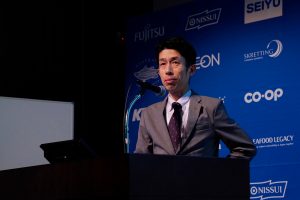
In the absence of a system that restricts the importation and distribution of fish sourced from IUU fisheries, Mr. Yukihiro Misawa from WWF Japan offered the shocking estimate that “one out of every three fish in the market is possibly caught by IUU fisheries.” Mr. Misawa calls for the establishment of a system that comprehensively tracks fish from its production to consumption in order to eliminate IUU fisheries. More than 60 companies have registered on the international platform GDST (Global Dialogue on Seafood Traceability) supported by WWF, where around 100 organizations collectively serve as advisors to establish a set of common traceability standards that can be used reciprocally among various parties. In 2019, a partnership was launched between GDST and SeaBOS, which represents a group of ten of the world’s leading fisheries committed to marine conservation efforts. As Mr. Misawa pointed out, “Countries around the world hope that Japan will introduce the appropriate systems capable of preventing the importation and distribution of fish sourced from IUU fisheries. At the Fisheries Agency committee meetings aimed at establishing a catch-verification system, we will continue to work towards the future implementation of a system capable of digital ‘full-chain traceability,’ which will allow a wide range of stakeholders to share reliable data with one another with as little additional burden as possible on the fisheries themselves.”
Establishing a Catch-verification System in Japan

With regard to the establishment of a catch-verification system in Japan, Mr. Jun Sakai of the Food Marketing Research and Information Center reminds us that current catch reports in Japan are only limited to some categories of fisheries and that there is no legal requirement to ensure the traceability of marine products during their distribution. After explaining the differences between Japan and the EU, where the cross-checking of data between fisheries and couriers is mandated by law, Mr. Sakai proposed a thorough review of Japan’s existing catch reporting system to equip it with the power to ensure basic traceability. In addition, there are concerns that by imposing a requirement for original catch-verification certificates during the importation of marine products, Japan may inadvertently increase the administrative burden on businesses and the relevant authorities in the exporting countries. In view of this, Mr. Sakai suggests that “governments of different countries should aim to make the format of catch-verification certificates under their respective systems as uniform or as suitable for reciprocal use as possible.”
